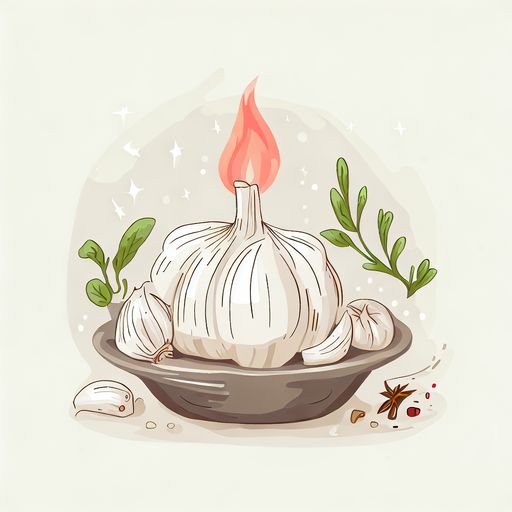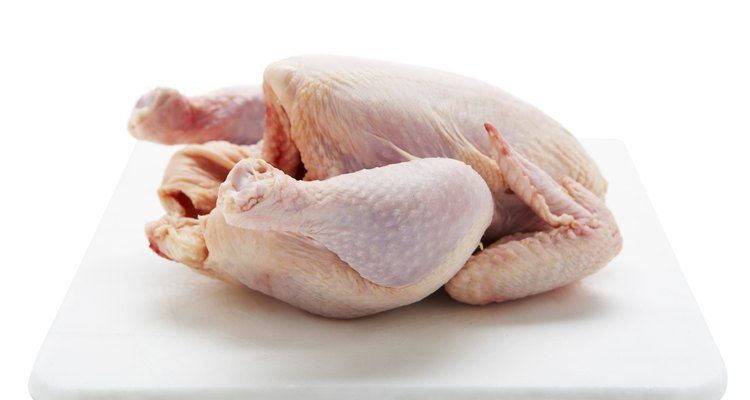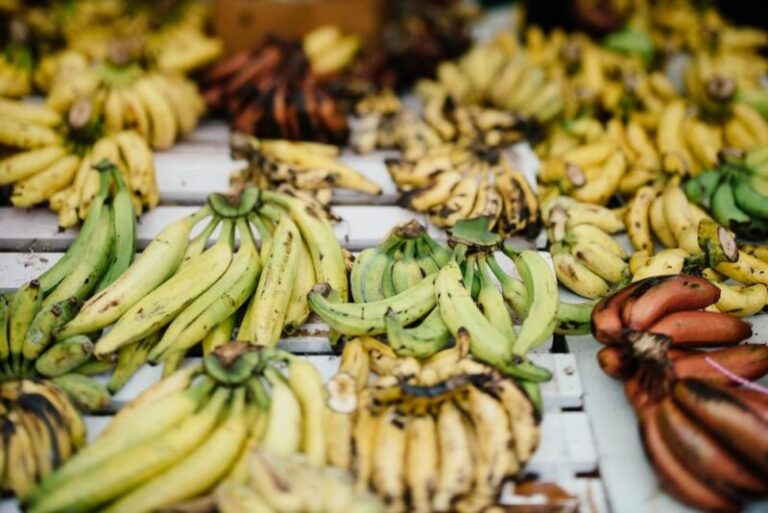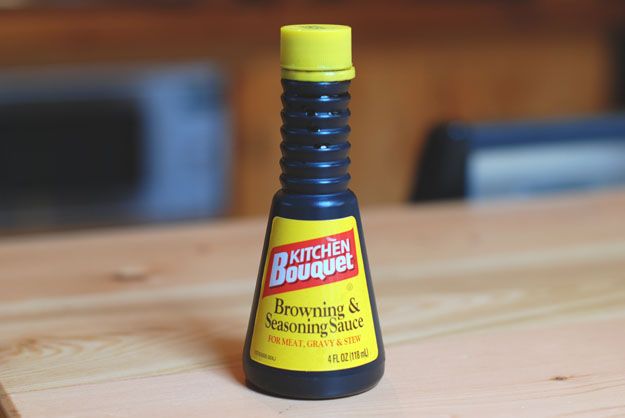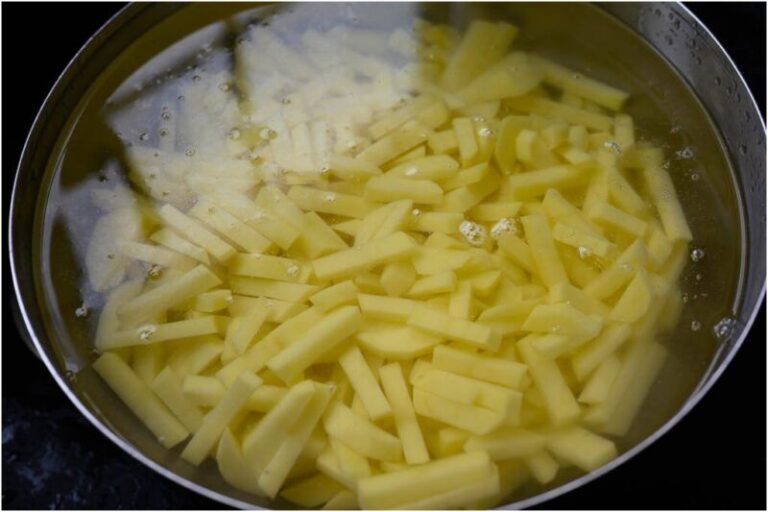How To Reduce Garlic Taste In A Dish?
Garlic is a pungent and flavorful ingredient used in many savory dishes. Its intense, sulfurous aroma adds depth and complexity to soups, stews, sauces, curries, and more. However, sometimes garlic can impart too much flavor and overpower the other ingredients in a recipe. If you’ve ever ended up with a meal that tastes overwhelmingly of garlic, you know it can ruin the balance of flavors.
Luckily, there are several tricks you can use to tame garlic’s assertive taste in your cooking. With a few simple preparation and cooking techniques, you can mellow out garlic’s punchiness and temper its strength in your dishes. Read on to learn effective methods for reducing garlic flavor in various recipes so you can still benefit from its taste without it hijacking all the other flavors.
Ways To Reduce Garlic Taste
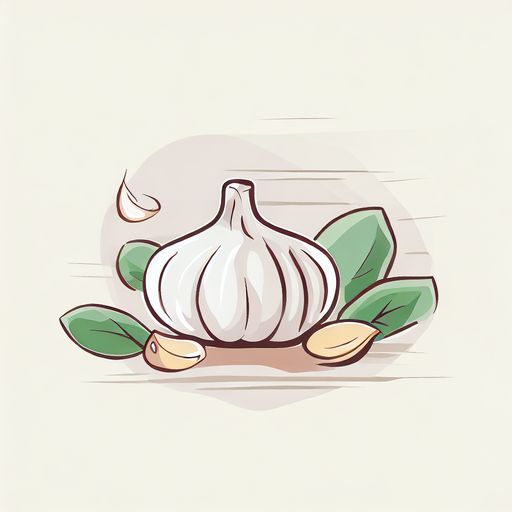
Increase Cooking Time
One of the most straightforward ways to mellow garlic’s flavor is to cook the dish for longer. The longer garlic simmers, sautes, bakes or braises, the more its harshness softens and balances with the other ingredients.
Simmer or roast the dish for longer. For dishes like soups, stews, and sauces, cook them on low heat for extended periods. Letting the garlic cook slowly over time allows its pungent edge to dissipate.
Garlic flavor becomes mellow with extended cooking. Heat causes garlic’s enzymes to break down and its sulfurous compounds like allicin to become inactive. The result is a more rounded, subtle flavor rather than an intense, raw garlic taste.
Dilute the Flavor with Other Ingredients
You can also reduce garlic pungency by simply adding more ingredients to dilute its taste. Making another batch without garlic and combining the two is an easy way to do this.
Cook another batch without garlic and mix them up. Make a portion of the dish as usual, omitting the garlic. Then mix the garlic and non-garlic batches together before serving.
Add more ingredients to the dish. Increasing the amounts of tomatoes, onions, broth, cream and other ingredients dilutes garlic’s potency. The more items you add, the more the garlic flavor disperses.
Use Herbs and Spices
Layering dishes with herbs, spices and seasoning is an effective way to diminish garlic taste. Their robust flavors help mask garlic’s pungency.
Add strong-flavored herbs and spices. Ingredients like chili powder, cumin, paprika, oregano, rosemary and sage can stand up to and obscure garlic’s punch.
Mask the garlic taste with other flavors. Herbs like parsley, basil, thyme, marjoram and chives add freshness and complexity that make garlic’s flavor less prominent.
Add Acids
Bright, acidic ingredients help reduce garlickiness by cutting through its rich, heady flavor. A splash of citrus or vinegar reduces garlic’s sulfurous compounds.
Incorporate acidic ingredients. Add lemon juice, lime juice or vinegars like red wine, sherry or rice vinegar to dishes. The acidity counters garlic’s boldness.
Cut through the garlicky tang. The zip of citrus or vinegar sliced through the heavy savoriness of garlic, making its flavor cleaner and less overbearing.
Sweeten the Dish
A touch of sugar, honey or sweet fruits like dates can also balance aggressive garlic taste. The sweetness rounds out garlic’s sharp edges. But use a light hand, as you don’t want to make the dish cloying.
Add brown sugar or honey in small amounts. A sprinkling of brown sugar, drizzle of honey, or chopped dates can soften garlic’s bite. But too much sweetness risks overwhelming the other flavors.
Reduce the bite of garlic. A hint of sweetness smooths the pointed pungency of garlic, but you still want the other ingredients to shine through.
Why Does Garlic Taste So Strong In Your Dish?
Understanding why garlic boasts such a robust flavor can help you better control its taste. There are a few key reasons why garlic is so intense, including how it’s prepared.
Reasons for Strong Garlic Taste
Adding too much garlic. It’s easy to get heavy-handed with garlic. But just one or two more cloves than a recipe calls for can make it overpowering. Go lighter on the garlic next time.
Adding garlic towards the end. Garlic added at the beginning mellows with cooking. Garlic tossed in at the end imparts a sharper, more aggressive taste.
Garlic’s High Concentration of Sulfur Compounds
Garlic contains allicin and amino acids. These sulfur compounds give garlic its piercing, pungent flavor. They overpower more delicate ingredients.
Inactivation of Enzymes and Destruction of Allicin by Heat
Enzymes break down when garlic is cooked. Heat deactivates the enzymes that produce garlic’s intense flavor and aroma.
Allicin, garlic’s main flavor compound, disappears with cooking. Once allicin forms, heat causes it to rapidly break down into milder tasting compounds.
Preparation Methods Affecting Taste
Crushing, mincing or finely chopping garlic releases more flavor. Cutting garlic into smaller pieces exposes more allicin-producing enzymes, resulting in stronger taste.
Larger slicing or chopping yields a milder taste. Less cellular damage means fewer flavor compounds are activated. Go for thicker slices or coarse chops for tamer garlic.
Removing the green center reduces garlic’s strength. The green germ is the most concentrated source of enzymes and allicin. Removing it before cooking lowers garlic’s potency.
Garlic powder has a more robust flavor. Since it’s dried and ground, garlic powder packs concentrated, powdery punch. Use sparingly.
Reduce Garlic Flavor In Specific Recipes
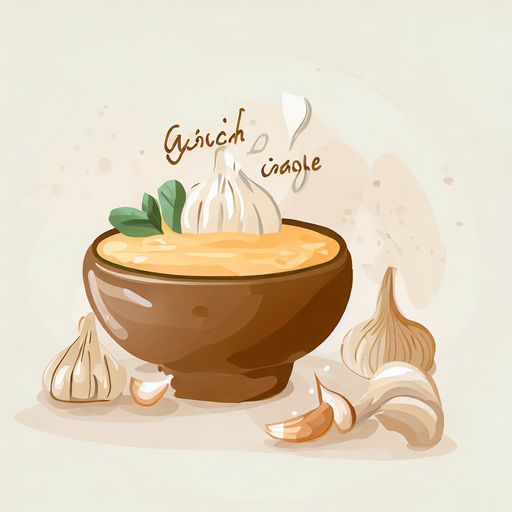
Now let’s look at techniques for lowering garlic flavor in some popular recipes. With the right adjustments, you can avoid intensely garlicky outcomes.
How To Reduce Garlic Taste In Soup
Cutting garlic strength in hearty soups and stews is easy with a few tweaks:
- Add dairy products like cream or grated cheese to balance garlic’s boldness with a rich, creamy smoothness.
- Incorporate acidic lemon juice or vinegar to brighten the broth and make the garlic less sulfurous.
- Use fresh herbs like parsley, basil or chives to add a fresh, green flavor that masks garlickiness.
How To Reduce Garlic Taste In Hummus
Hummus with an overpowering garlic flavor can be fixed:
- Add more chickpeas, tahini, lemon juice and cumin to allow their flavors to emerge.
- Control garlic taste by adding it gradually in small quantities until preferred flavor is reached.
- Use plenty of lemon juice to cut through garlic pungency and well-blended chickpeas to further dilute it.
How To Reduce Garlic Taste In Spaghetti Sauce
With slow-cooked tomato sauce, time is key for mellow garlic:
- Simmer the sauce for 1-3 hours over low heat, allowing garlic to soften and sweeten.
- Add more tomatoes, herbs like oregano, and a splash of wine to balance the garlic’s punch.
- Let garlic meld into the deeper flavors so it doesn’t dominate.
How To Reduce Garlic Taste In Salsa
Adjusting salsa is easy with these strategies:
- Add more tomatoes, onions, bell peppers and cilantro to balance garlic’s strength.
- Use roasted garlic for a mellower, sweeter flavor.
- Season with salt, pepper and spices like cumin or chili powder to enhance the other ingredients rather than garlic.
How To Reduce Garlic Taste In Pesto
You can temper garlic’s intensity in pesto with:
- Increase amounts of basil, pine nuts and olive oil to allow their fresh flavors to emerge.
- Roast the garlic first to mellow and caramelize before adding to mortar and pestle.
- Go light on the garlic so it complements instead of dominates the basil and cheese.
How To Reduce Garlic Taste In Curry
Reining in garlic flavor in curries can be done by:
- Adding yogurt, cream or coconut milk to soften garlic pungency with creaminess.
- Incorporate more tomatoes, onions or bell peppers to let their flavors come through.
- Use fresh herbs like cilantro, mint or ginger to mask garlic intensity.
- Add lemon juice or vinegar for brightness to balance garlic’s sulfurous taste.
Conclusion
Garlic can easily become overwhelming and throw off the balance of flavors in your cooking. But with the right techniques, you can keep garlic taste at the right level so it enhances dishes instead of dominating them. Keep these tips in mind:
Prevention is better than cure. Use care when adding garlic: start with less and add more gradually if needed.
Cooking, mixing and seasoning are simple, effective ways to reduce garlic punch.
Avoid ruining the meal by starting again. With small tweaks during cooking, you can still save dishes from garlicky oblivion.
Knowing how to temper its flavor means you can still enjoy garlic’s depth and complexity without it overshadowing all the other wonderful ingredients in your recipes.
